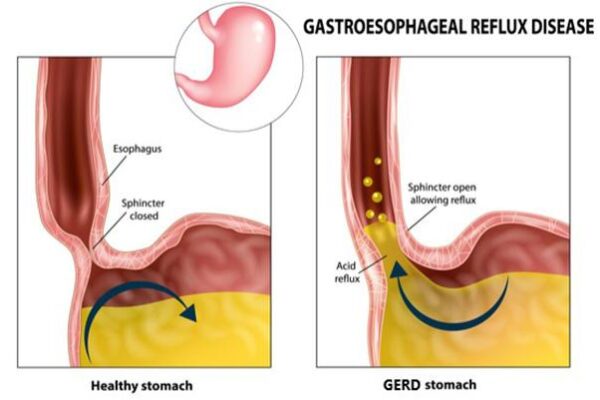
Treatment depends on which you have. A health professional can help you choose the best therapy.
Common Cold
Symptoms last up to 2 weeks
Stuffy, runny nose; sore throat; cough
Treated with rest, fluids, over-the-counter (OTC) medicines to ease symptoms
Seasonal Flu
Symptoms usually last 1-2 weeks
High fever (100-102 °F, or higher in youngsters), headache, aches and pains, weakness, exhaustion, cough, chest discomfort
Treated with rest, fluids, OTC medicines, prescription antiviral drugs
Airborne Allergy
Lasts as long as allergens (such as pollen, pet dander) are present
Stuffy, runny nose; itchy, watery eyes
Treated with antihistamines, decongestants, nasal steroids
Coughs help your body clear your airways of irritants and prevent infection. But a deep cough from your chest may signal bronchitis or pneumonia. Although they may have different underlying causes, their symptoms can be similar—and both can be serious enough to send you to the doctor.
Bronchitis and pneumonia both involve inflammation in the chest. Both can cause coughs that bring up a slimy substance called phlegm to help clear out germs and pus. And both can cause shortness of breath and wheezing.
Bronchitis is a condition in which the bronchial tubes that lead to the lungs become inflamed. Viruses, bacteria, and even toxins like tobacco smoke can inflame the bronchial tubes. Most of the time, though, bronchitis is caused by an infection with one of several types of viruses. If you develop bronchitis during flu season, a likely culprit may be the flu virus. Cold viruses are also common causes at this and other times of year.
Pneumonia is caused by an infection of the lungs. “About 1/3 of cases are caused by viruses, but most of them are bacterial related,†says Dr. Kenneth Olivier, a lung infection expert at NIH. “They’re from bacteria that are quite common, like Streptococcus pneumoniae, which is the leading cause of bacterial pneumonias in all ages in the U.S.â€
If you get a fever with bronchitis, it is usually mild (below 101 degrees Fahrenheit). In more serious cases, you may have chest pain, feel short of breath, or wheeze when you breathe in.
“Pneumonia, on the other hand, typically is associated with fever, sometimes very high, spiking fever,†Olivier says. Breathing problems, chest pain, and other symptoms also tend to be more severe with pneumonia.
If you have a fever and chills, trouble breathing, or a cough that is bringing up thick phlegm—especially if it’s yellow or green—go see your doctor.
Your doctor can listen to your lungs by placing a stethoscope on your chest. “Frequently, the physician can hear areas where the breath sounds are altered,†Olivier says. If you have pneumonia, your doctor may hear bubbling, crackling, or rumbling sounds from the lungs.
You may be sent for a chest X-ray, which can show whether the lungs contain fluid or pus from an infection. An X-ray is the best way to diagnose pneumonia and rule out bronchitis.
Whichever illness you have, resting and drinking plenty of fluids are important ways to care for yourself.
If you’re diagnosed with bronchitis, your doctor probably won’t give you antibiotics. Because viruses are the usual cause of bronchitis, antibiotics are seldom helpful. If you’re wheezing, however, you may be given medicine to open your airways. Your cough may last 10 to 20 days.
Because bacteria are often the cause of pneumonia, your doctor may prescribe antibiotics. It can take 1 to 4 weeks to recover from pneumonia. Some people require treatment in the hospital.
Germs that cause colds, the flu, and lower airway infections are contagious. The best way to prevent getting bronchitis or pneumonia is to avoid getting these infections. And when you’re sick, take care not to spread your germs to others.
Reference
Cough, cold or flu taken online from http://www.nih.gov










